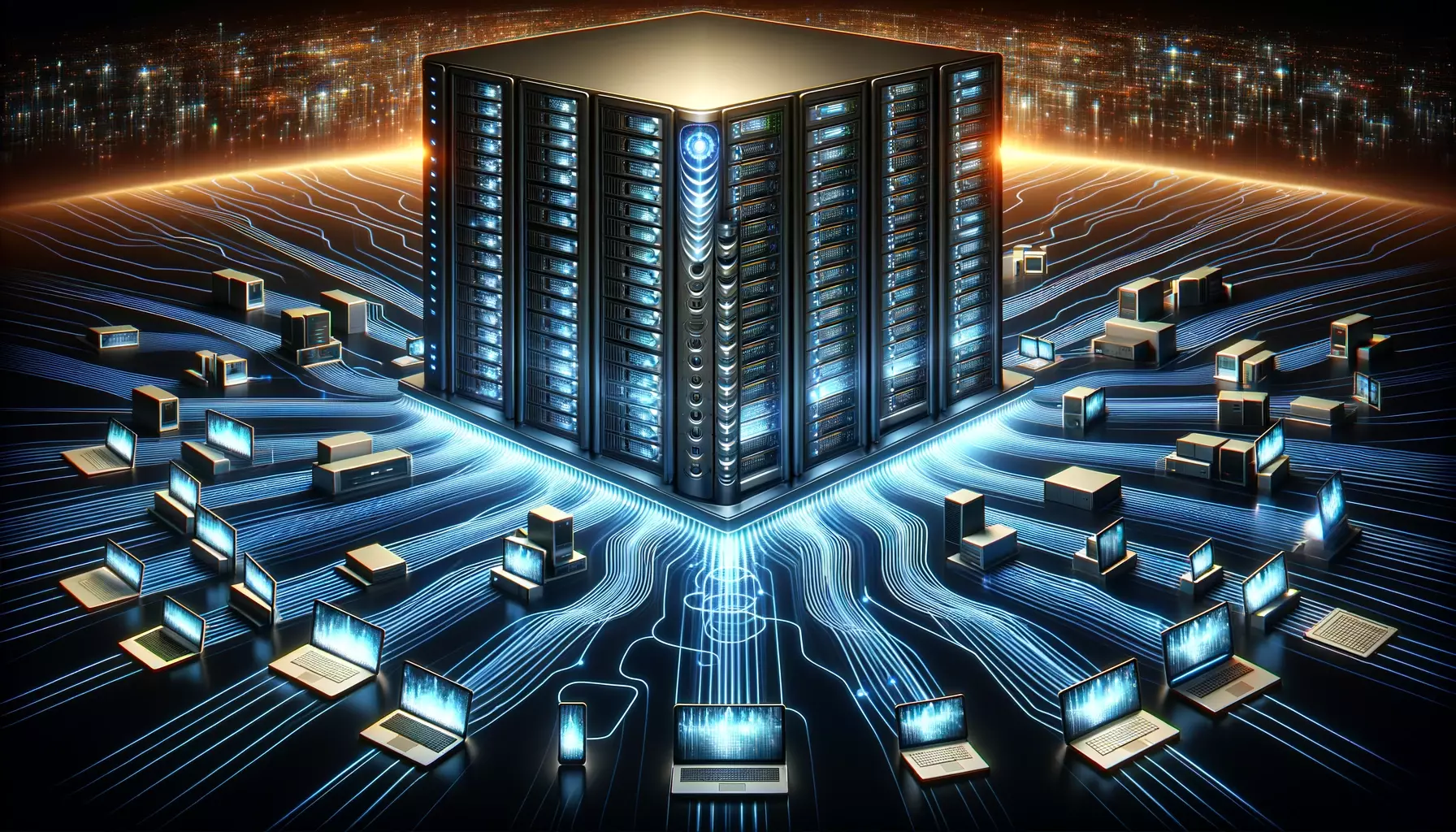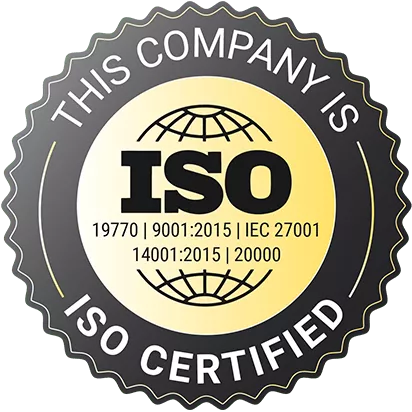Introduction to Remote Desktop Services 2008 CAL
The Remote Desktop Services 2008 CALs provide an effective solution for managing your remote working environment. These Client Access Licenses (CALs) enable companies to efficiently distribute and control desktops and applications over the network.

Why Remote Desktop Services 2008 CAL?
Proven reliability
Remote Desktop Services 2008 CALs have proven to be a reliable option for remote administration. With a long history of success, they provide a stable platform that is ideal for organizations of all sizes.
Cost Optimization
By using Remote Desktop Services 2008 CALs, you can use resources more efficiently. This leads to a reduction in hardware costs, as the centralized management of desktops and applications enables optimized usage.
Ease of use
The CALs are user-friendly and easy to implement. With Remote Desktop Services 2008 CAL, you can easily create an effective remote working environment that meets the needs of your organization.
How do I get Remote Desktop Services 2008 CAL?
Flexible licensing
Remote Desktop Services 2008 CALs offer flexible licensing options. Choose the number of licenses you need and scale them as required. This allows you to keep costs in line with your organization's requirements.
Easy integration
Integrating Remote Desktop Services 2008 CALs into your existing infrastructure is straightforward. Manage licenses easily and benefit from the advantages of remote management without complex implementation.

Conclusion
Optimize your remote working environment with Remote Desktop Services 2008 CALs. Benefit from proven reliability, cost optimization and ease of use. Choose flexible licensing options and integrate the CALs seamlessly into your existing infrastructure to ensure efficient remote management. Meet the requirements of the latest Google Help Desk update and make your remote work environment effective with Remote Desktop Services 2008 CAL.











































